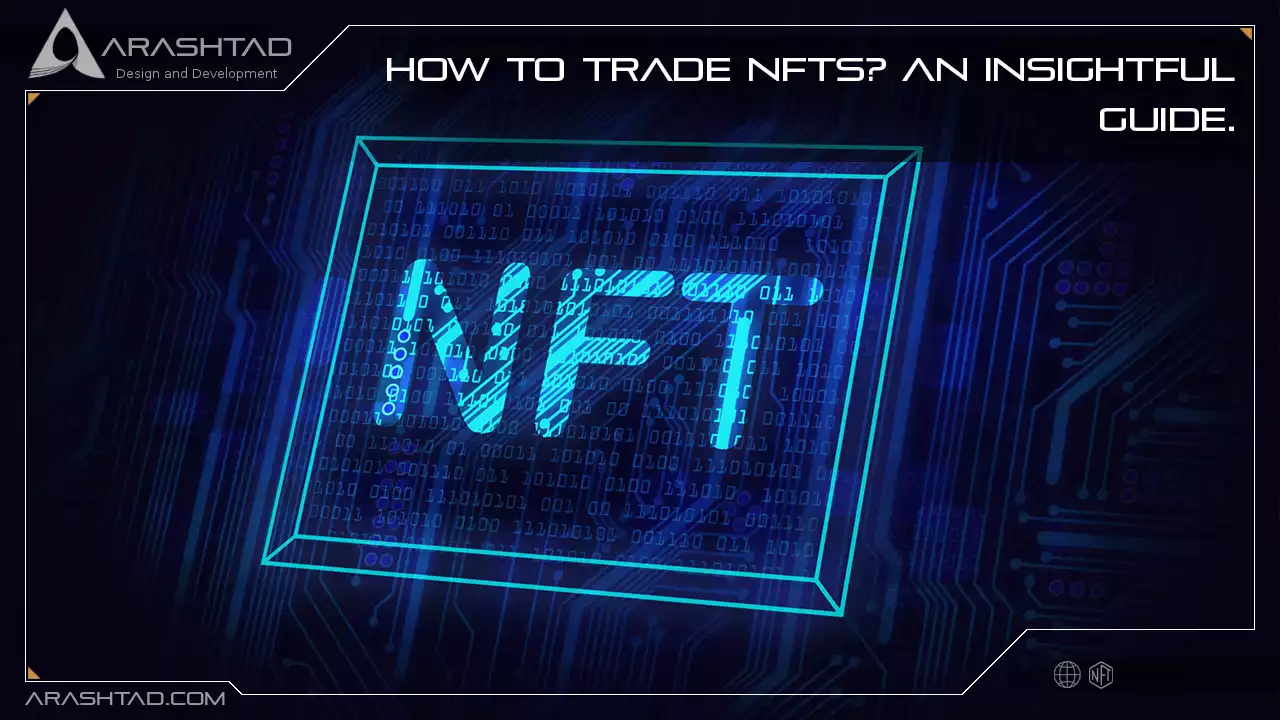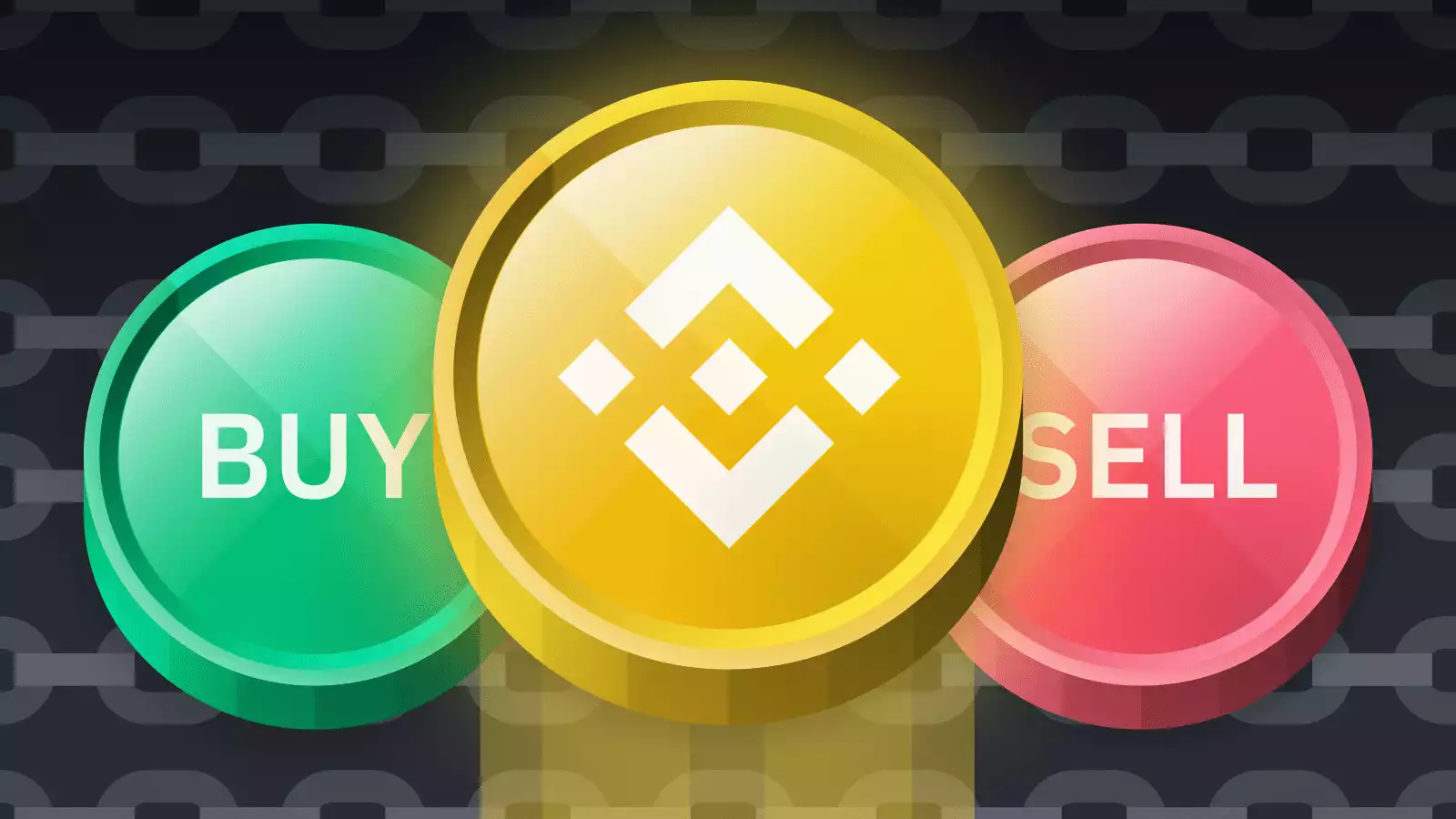How to Trade NFTs? An Insightful Guide.
Cryptocurrencies are evolving, and nonfungible tokens represent a step forward in reimagining finance and other industries. With NFTs, content creators and audiences can be connected directly through digital representations of individual items and smart contracts, which create blockchain-generated certificates of authenticity for digital assets. This article will discuss how to trade NFTs and the best way to sell an NFT.
NFT purchases
Spending thousands or millions of dollars on portable network graphics (PNG) or graphics interchange format (GIF) files might seem irrational. Despite this, people still spend vast amounts of money on things they could easily view, screenshot, and download for free on the internet.Why do people pay millions of dollars for it?
In terms of building networks of relationships among people and demonstrating community membership, NFTs directly link social and financial capital. Blockchains record immutable information with built-in authentication, so content creators can digitally “autograph” their NFTs, and the audience can interact with artists, own their favorite art, and join the community. By investing in NFTs, one establishes more bonds and links in the crypto space through “Investment-as-a-Status.” NFTs are one of the best ways to maximize social capital in the crypto space.It doesn’t matter how often an image or piece of music is shared online, and collectors buy an NFT for its uniqueness and rarity — the ultimate criterion for every collector. Collectors are not buying original content itself, as they likely won’t own the copyright to it. Due to technology, content creators retain the copyright, and most NFT platforms allow them to claim royalties when the item is sold again in the future. Collectors purchase NFT tokens connected to the content creators’ art on the blockchain, which makes NFTs valuable. Collectors can own original items recorded on the blockchain that serves as proof of ownership by buying NFTs.
Where to purchases NFTs?
Several cryptocurrency online marketplaces allow you to buy and sell nonfungible tokens. Most of them are Ethereum-based. However, they do not all operate the same way, offer the same functionality, or provide the same type of NFT. Cosmos, Polkadot, and Binance Smart Chain are some blockchains offering NFTs other than Ethereum. NFT marketplaces differ in various ways, including whether they support required NFT standards and file formats, whether the platform is accessible, how much it costs to make (or mint) an NFT, and other details that may be more important to content creators than to buyers. It is important to note that most NFT marketplaces have various NFTs to choose from. At the same time, veteran buyers choose a marketplace based on the type of nonfungible token they wish to purchase.Funding a wallet with cryptocurrency and choosing a crypto wallet
To buy NFTs, collectors need to create an account on the marketplace when they choose a desirable collection and an NFT marketplace. However, before buying or selling anything, they must connect their cryptocurrency wallet to the chosen NFT platform. Crypto community members require wallets to use blockchain services, access various platforms, sign transactions, and manage their balances in accordance with blockchain fundamentals. Crypto wallets are essential to any blockchain system.Thus, all crypto platforms and NFT marketplaces, in particular, can eliminate the need to store user account data, ensuring that their operations are more accurate and secure. To avoid losing money, buyers must ensure that their wallet is compatible with the cryptocurrency they intend to use. Due to NFT’s Ethereum-based platform, NFT services accept Ether (ETH) as a payment method.
NFT purchase options
Nonfungible tokens can be purchased in several ways, most resembling eBay schemes. Thus, it is quite easy for a regular collector to understand how NFTs are purchased.1- English and French auction
There are two types of auctions offered by most NFT marketplaces. The first is an English auction in which the highest bid wins at the end of the auction. The second is a French auction when the highest bid wins. It is a form of English auction in which lots are bid on for a specified period, and the buyer who makes the highest bid wins and buys an NFT. There is also a decreasing-price auction known as a Dutch auction. An NFT’s price starts at a fixed level (the ceiling price), then declines by a set amount (e.g., 1BTC every 10 minutes).When a user bids the current price, it closes. A collector can also buy nonfungible tokens through NFT drops. In this case, they have to wait until the release date of the drop and try their luck to obtain scarce NFTs before they sell out. For buyers to be able to purchase NFTs when they are dropped, collectors typically need to register with the particular NFT platform and fund their crypto wallets beforehand. These drops can be sold in seconds.
2- Fixed Price or Buy Now
Some NFT platforms have a “fixed price” or “buy now” option. It refers to a sale at a predetermined price set by NFT creators at which they wish to sell their nonfungible tokens immediately. Since collectors do not have to depend on auctions and wait for specific drop times, fixed-priced buying may seem the easiest solution. Although the price is often listed in decimals of cryptocurrency (such as ETH), it may not be accompanied by a fiat value (such as USD), so collectors need to pay attention to its currency and format. Furthermore, buyers should keep in mind that this dollar value can fluctuate at any time due to the cryptocurrency market’s volatility.Moreover, collectors will have to pay the transaction fee, also known as a gas fee, when buying NFTs, so the amount of crypto in the wallet must be greater than the price of the NFT. For transactions to be validated and processed on the blockchain, gas fees are required. Users pay them to compensate for the computing energy required.
The sale of NFTs
It is possible to sell NFTs in two ways: the first is to sell a minted NFT (the way content creators work), and the second is to trade an NFT that has already been bought.1- Minted NFT
A nonfungible token is likely to be created (or minted) first. Minting is a straightforward procedure after which innovative products like art, collectibles, songs, memes, etc., can be represented. As a result, the content becomes part of a blockchain, tamper-proof, and secure, and it becomes an NFT and tokenized.” Consequently, these digital items are now available for sale and trade as NFTs and are also digitally tracked when resold. Users only need a Mac or PC, a cryptocurrency wallet that supports NFTs, and an account on a blockchain-based NFT marketplace to start minting.Minting Process
Before clicking “Create,” always make sure everything is correct. Signing the NFTs and paying the gas fees completes the minting process. Upon validation of the transaction, content creators will have access to their newly created NFT in their profiles. Moreover, NFT marketplaces may ask content creators to set a royalty percentage when selling NFTs. Royalties allow them to earn a specified commission whenever a new collector purchases the NFT. Depending on the technology of the nonfungible tokens, royalties can be a lifelong passive income stream for content creators. Additionally, NFT marketplaces allow users to set a price for their tokens during the minting process; thus, freshly minted tokens are often listed for sale immediately.The content creators must also go to their NFT marketplace account and locate the digital items they need from their collections to sell NFTs. Once they find the required NFT items, they must click on them to reveal a “sale” or “list for sale” button. They can define whether the selling method will be an auction or a fixed price by clicking on it. They may be able to create a drop for their nonfungible tokens if they are lucky enough, with the support of the NFT platform representatives, which will likely add to their awareness and lead to them successfully selling their creations.
2- Selling NFTs that you have purchased
If collectors wish to sell their NFTs on the secondary market, they can do so without too much difficulty. The term “secondary market” refers to all subsequent resales, while the term “primary market” refers to the first sale of an NFT. A few things collectors will need to sell NFTs: a crypto wallet and cryptocurrency to be used on the NFT marketplace. It is important to note that collectors won’t receive royalties when NFTs in their temporary collection are sold. Royalties will be accepted as a percentage of future sales directly to wallets or the creators of NFTs.Copyright details
Content creators are forever associated with copyright in the form of NFTs on their creative products, while collectors only temporarily receive nonfungible tokens in their collection. Similarly to collectors of other nonfungible tokens, nonfungible token collectors have only basic ownership rights, such as being able to possess, sell, or gift the items they have purchased, which are terminated when the nonfungible token is sold. Collectors can sell NFTs by going to their profiles on NFT platforms and selecting the NFTs they wish to sell. After clicking on the saleable NFT, find the “sell” or “list for sale” button. Clicking on this button will take them to a pricing page where they can select the sale conditions. Afterward, collectors can decide to set a price for the NFTs or start an auction.To conduct an auction on the chosen NFT platform, collectors must inquire about the available auction type. It is often an English auction, a timed auction, or a Dutch auction. Despite the volatility and undeveloped nature of cryptocurrency markets as a whole and the high level of uncertainty about nonfungible token valuations, there is still a renaissance of nonfungible tokens. Although nonfungible tokens sometimes don’t yield profits for content creators and collectors, buying them is still considered a great way to support artists, musicians, designers, or other creative people collectors are interested in such digital assets.
Final Thoughts
On NFT marketplaces, it is easy to buy and sell NFTs. However, be aware that scammers are common, and prices can fluctuate greatly. There are also wash traders in the NFT field who generate fake trading volumes on some collections to attract investors. Anyhow, it’s important to remember that this is a very young market that’s heavily unregulated in many jurisdictions. Therefore, it must be addressed to protect your capital, and precautions must be taken.Download this Article in PDF format

Arashtad Custom Services
In Arashtad, we have gathered a professional team of developers who are working in fields such as 3D websites, 3D games, metaverses, and other types of WebGL and 3D applications as well as blockchain development.
Arashtad Services
Drop us a message and tell us about your ideas.
Fill in the Form
Blockchain Development


